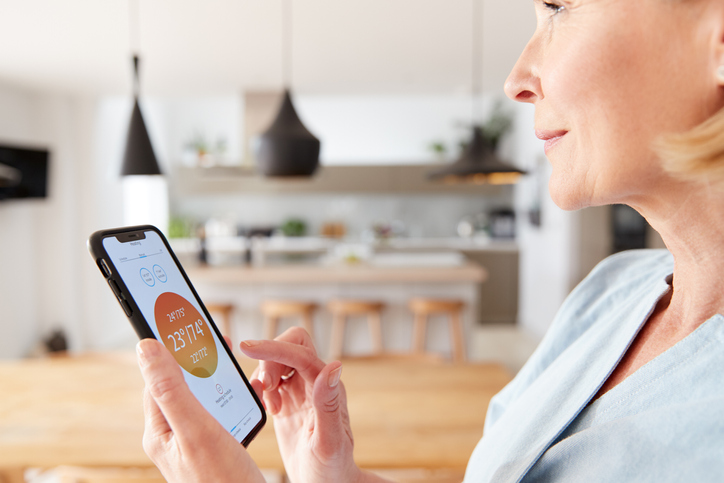Keeping Your Smart Home Private

Smart home devices can make your life easier, but at what cost to your personal privacy?
The Internet of Things (IoT) has ushered in modern conveniences we love. Over the years, we’ve embraced their capabilities and eagerly anticipated the next new thing. We can control our home comfort systems, monitor our front door, turn lighting on and off, preheat the oven, and open the garage door – all from our mobile devices.
In an age when we’re all looking for ways to manage our time better, smart home gadgets deliver the goods. We know the benefits; we love the convenience. But are we sacrificing privacy for the privilege?
You occasionally see news stories about hackers gaining access to your network via smart home devices. While these issues were more prevalent in the early days of consumer IoT, they’re not unheard of now.
The good news is that it’s easy to shore up your defenses, as most malicious players gained entry through devices that weren’t password-protected. Devices that come with a factory password that can’t be reset are just as dangerous. Once a hacker knows that factory password, they could potentially take control of an infinite number of devices for their own purposes.
The fix is quite simple:
- Don’t purchase smart devices with unchangeable passwords or no password protection.
- Be sure to set your device up properly and choose a strong password before you start using it.
Today, most smart home devices require a unique login and password combination, and some even use biometric data, like facial scans, fingerprints, or two-factor authentication. If you purchase from a reputable brand, you shouldn’t have this problem.
Another issue with smart home devices, especially those that can you control with voice commands, is that they are always listening. You might have read a story a while back about a couple whose private conversation was sent to somebody in their contact list simply because the virtual assistant thought it heard the command to “send message.”
While the issue was likely more annoying and embarrassing than anything, it’s still a concern. You should also be aware of who your smart device data is shared with, so be sure to read the fine print on your customer agreement before you click “agree.” Most of the data collected is used for marketing purposes, and that tends to be a bit creepy. Imagine you’re talking about a product to a friend and suddenly ads for that product start showing up in your feed.
Most devices give you the option of muting the microphone. You can also set up your device to only take voice commands when manually activated, such as through your smartphone app or when you press a button on the device itself. Be sure to read the user manuals to find out how best to set up your device for your preferences.
The bottom line is if you’re thinking about getting a new smart home device but are concerned about privacy, a little research before you buy always pays off. As a general rule, you should always stick to reputable, established companies because they won’t risk their reputation by taking shortcuts. Be sure you can set up your own password – and make sure you do it before you start using it. A few simple steps and a bit of forethought go a long way to ensuring your safety.
Now that you know how to keep your smart home secure, make sure you have fast and reliable Internet from PMT to keep all of those devices connected!


